RECOMMENDED NEWS
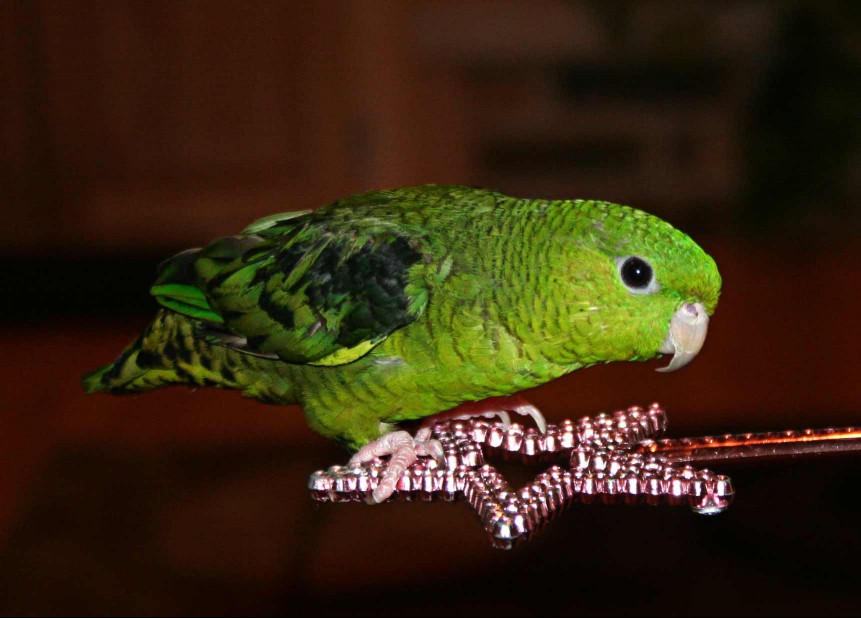
Lineolated Parakeet (Barred Parakeet): Bird Species Profile
The lineolated parakeet or barred parakeet, named for its fine lines or barred markings, is one of ...
Read More →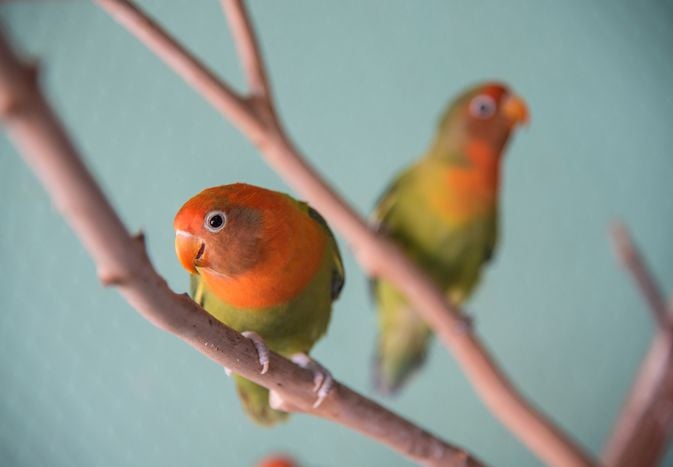
Lovebird (Pocket Parrot) Species Profile
Lovebirds are a favorite among pet birds, often called "pocket parrots," and are among the most col...
Read More →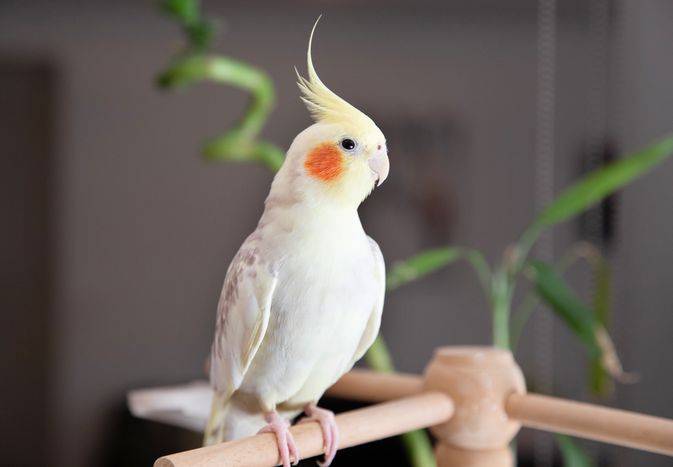
8 Top Small Pet Birds
Good things come in small packages and small pet birds can be excellent companions. They're gen...
Read More →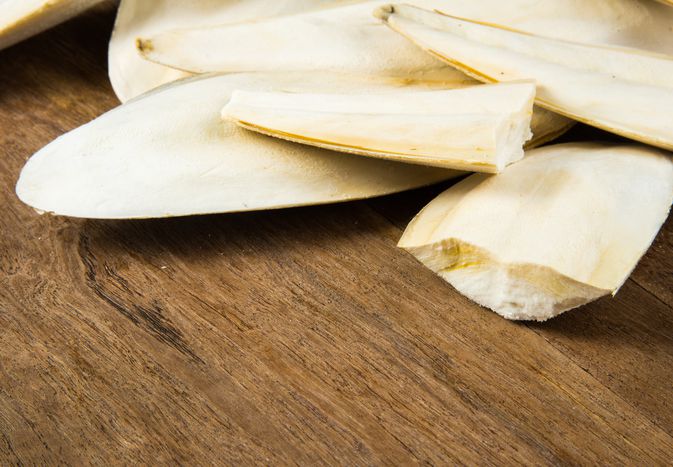
A Cuttlebone Helps a Bird Groom Its Beak While Providing Calcium
Cuttlebone—that funny, white oblong object shaped like a canoe—is found in bird cages everywher...
Read More →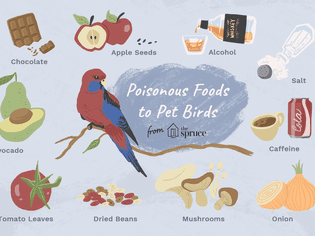
10 Common Foods That Can Poison Your Bird
Birds are social creatures, so many owners allow their pets to be included at mealtime. While shari...
Read More →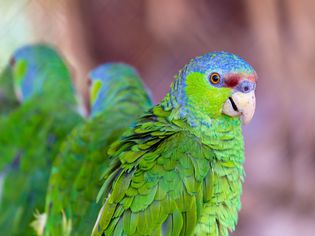
Lilac-Crowned Amazon Parrot (Finsch's Amazon): Bird Species Profile
In general, Amazon parrots can be demanding, aggressive birds, but that is not the case with the li...
Read More →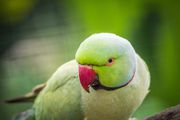
8 Top Loudest Parrots Often Kept as Pets
Parrots have the capability to be very loud, and some species are prone to more noise than others. ...
Read More →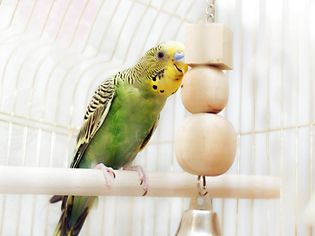
How to Prevent Boredom in Pet Birds
Birds are extremely smart and emotionally sensitive animals. Because of that, however, pet birds—...
Read More →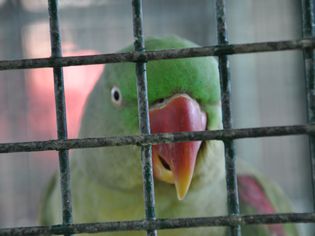
Stress in Pet Birds
Stress can play a large role in the overall health of both humans and their companion animals. Beca...
Read More →
Comments on "What to Do if Your Bird Breaks a Blood Feather" :